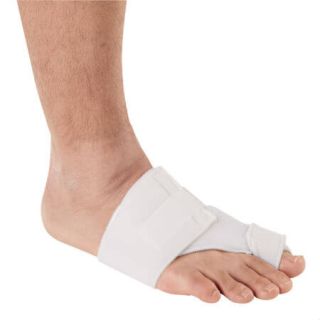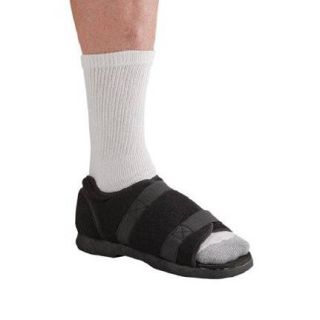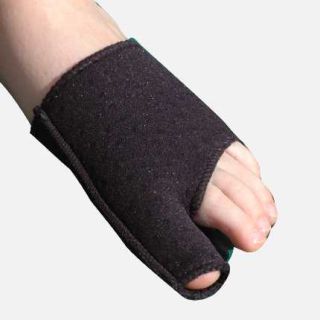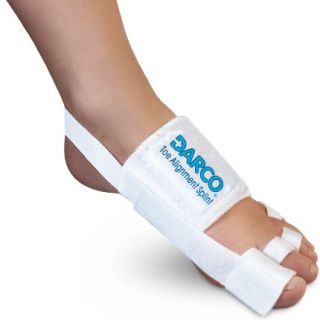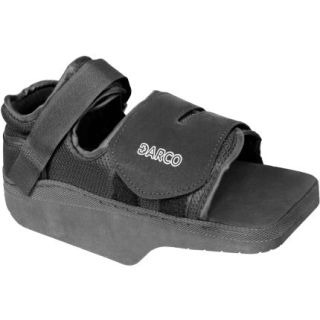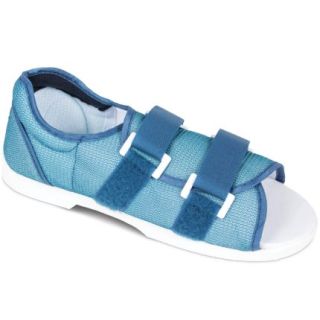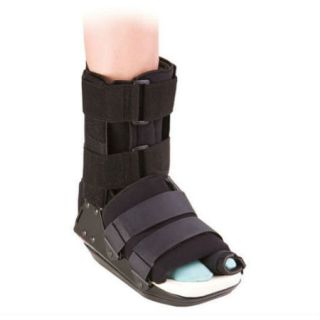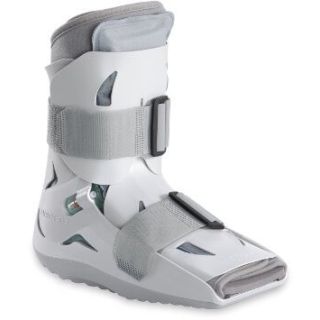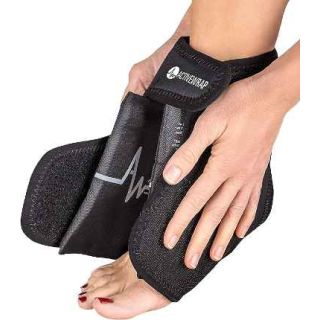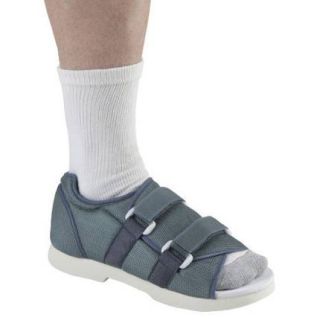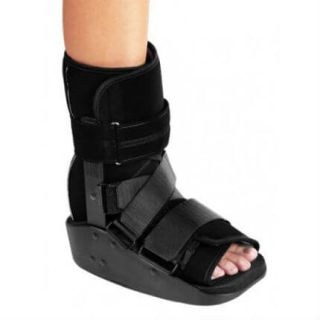-
Add To Cart To See Price
 Details$25.00 $25.00
Details$25.00 $25.00 -
 Details$16.99 $10.99
Details$16.99 $10.99 -
 Details$26.99 $22.99
Details$26.99 $22.99 -
 Details$24.99 $15.79
Details$24.99 $15.79 -
 Details$35.99 $26.99
Details$35.99 $26.99 -
 Details$27.99 $18.99
Details$27.99 $18.99 -
 Details$26.99 $18.99
Details$26.99 $18.99 -
 Details$207.50 $207.50
Details$207.50 $207.50 -
 Details$114.99 $52.00
Details$114.99 $52.00 -
 Details$45.99 $31.99
Details$45.99 $31.99 -
 Details$29.99 $17.99
Details$29.99 $17.99 -

Discover our expertly curated selection of bunion braces designed to provide relief from pain, correct toe alignment, and support foot health. Whether you're looking for a brace for bunion discomfort during the day or a supportive night splint, our range includes options to suit every lifestyle. Ideal for mild to moderate bunion pain, our braces help reduce inflammation, improve mobility, and support non-surgical recovery. Start your journey toward more comfortable steps with the right foot brace for bunions today.


